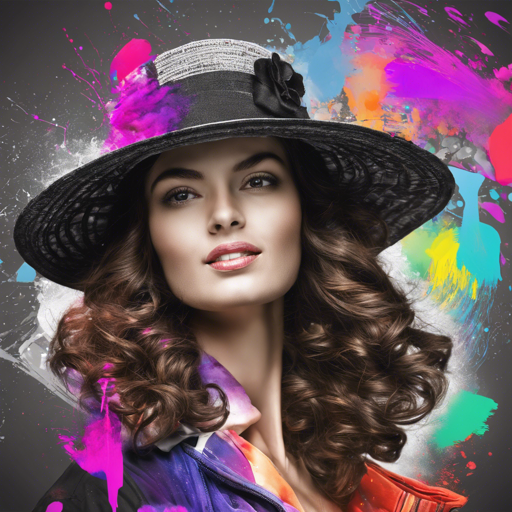Welcome to your next artistic adventure: Colorful Image Colorization! This innovative project offers automatic colorization functionality, allowing you to bring black and white images to life with ease. Whether you’re a photographer, a designer, or just a curious mind, follow this user-friendly guide to dive into image colorization.
Getting Started
To start colorizing your images using this project, you’ll first need to set up your environment and clone the necessary repository. Here’s a step-by-step guide:
- Clone the Repository: Open your command line interface and execute the following command:
git clone https://github.com/richzhang/colorization.git- Install Dependencies: Navigate into the cloned repository and install the required packages with:
pip install -r requirements.txtHow to Colorize an Image
With the setup complete, you can now colorize an image! Here’s the command you need:
python demo_release.py -i imgs/ansel_adams3.jpgUnderstanding the Code
The colorization process involves loading pretrained models that transform your black and white images into colorful masterpieces. Let’s break down this process using a fun analogy.
Imagine your black and white image is akin to a blank canvas. The pretrained colorizer acts like an artist, who knows the best colors to apply based on certain features (think of it as a smart painter who learned by studying numerous artworks). It follows these steps:
- It first converts the image into a recognizable format (Lab color space).
- Next, it resizes the canvas to a manageable size (256×256) to make it easier to paint.
- Then, the artist applies the colors (colorization) based on what they learned from previous masterpieces.
- Finally, the artist carefully reassembles the artwork to the original size while blending colors for a flawless finish (concatenation and conversion back to RGB).
Loading Pretrained Models
If you’re curious about how to load these pretrained colorizers in Python, here’s a quick snippet:
import colorizers
colorizer_eccv16 = colorizers.eccv16().eval()
colorizer_siggraph17 = colorizers.siggraph17().eval()Troubleshooting
In case you face issues while executing any steps, here are a few troubleshooting ideas:
- Dependency Errors: If there are errors during the dependency installation, ensure you’re using the correct version of Python (usually Python 3.6 or higher). Use a virtual environment to prevent conflicts.
- Image Path Issues: Ensure that the image path you’ve specified in the command is accurate and the image exists in that location.
- Model Loading Trouble: Double-check that you have correctly installed all required packages. Sometimes restarting your Python environment can solve the problem.
For more insights, updates, or to collaborate on AI development projects, stay connected with fxis.ai.
Conclusion
With this guide, you should now be equipped to start colorizing images with the Colorful Image Colorization project. It’s fun and opens up new avenues for creativity!
At fxis.ai, we believe that such advancements are crucial for the future of AI, as they enable more comprehensive and effective solutions. Our team is continually exploring new methodologies to push the envelope in artificial intelligence, ensuring that our clients benefit from the latest technological innovations.

